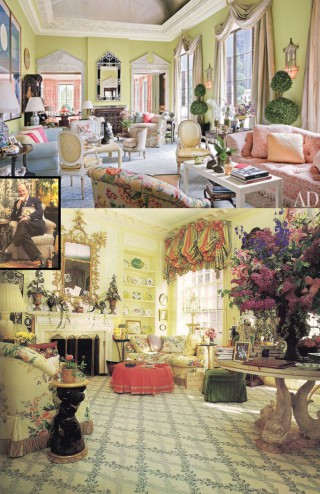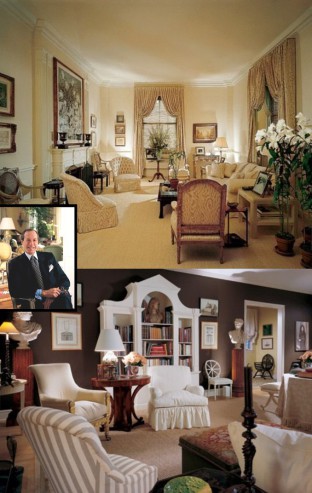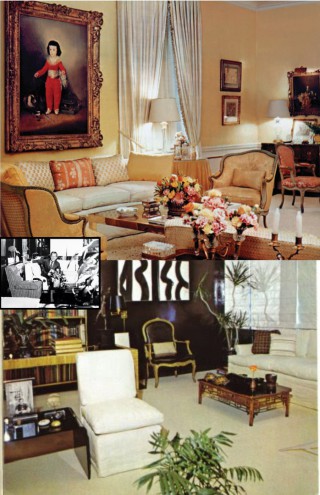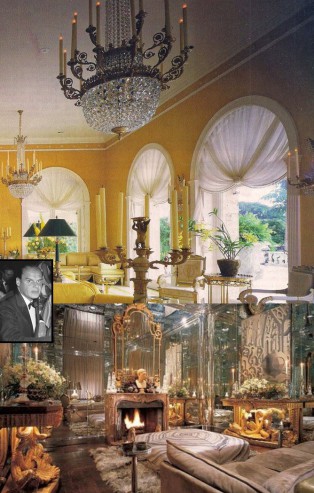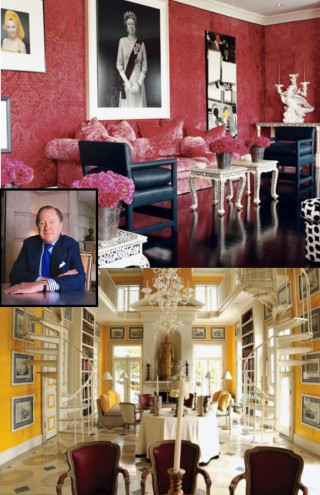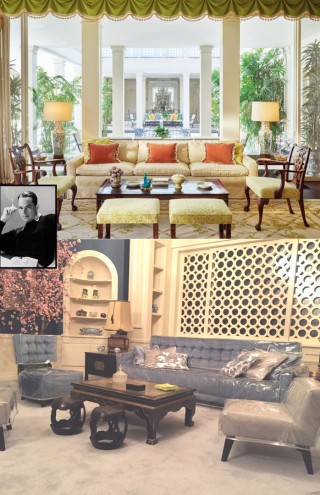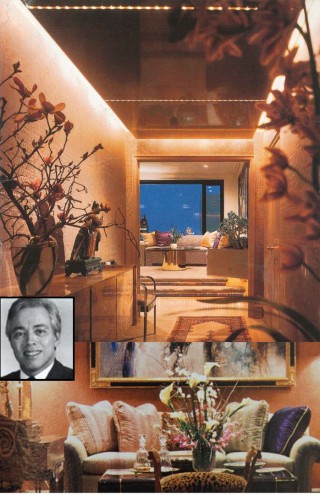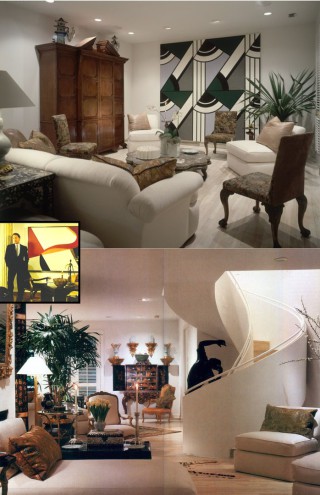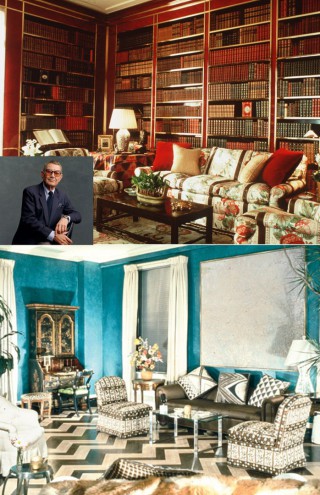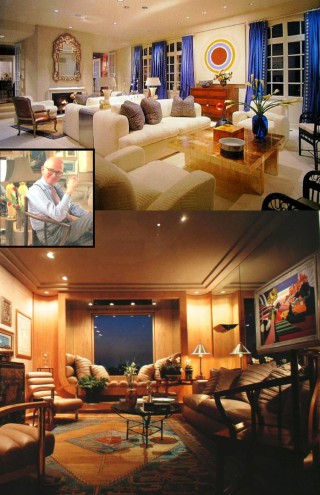MARIO BUATTA 1935-2018
To the general public, he was probably the most famous of all interior designers. He was dubbed by a reporter as "The Prince of Chintz" after a Kips Bay Decorator Showhouse in 1984 that was obviously filled with the very popular glazed cotton. Having gotten his start at the famous B. Altman & Co. Dept store, he stood out as a future design star. His personality is what set him apart in the design world
.I considered Mario a friend and a collegue. He was a very private person. I would see him through the years at luncheons, events, showroom parties and of course, I would always see him at the little lamp shade store that use to exist on Lexington Avenue called Oriental lamp shade. He would always have his glasses on his head and be flipping through his pages of lists. Busy as he was, he always had a smile, a story and was a very warm person. There was no drama and by no means was Mr. Buatta a diva.
He was also quirky, funny and quite unpredictable. Being super talented came easy to him and he had a superior sence of the space around him. He mastered furniture placement, draperies, layering fabrics and so so much more.
He never had an assistant, rather opted to work alone his entire career. How he did it all alone is still a mystery to all who knew him. He designed the Blair house (White House Guest House) and several celebrities including Maria Carey and yes actually did have a great love for glazed cotton.

